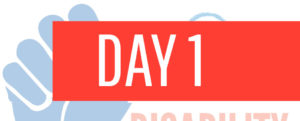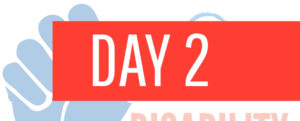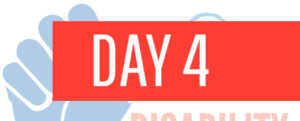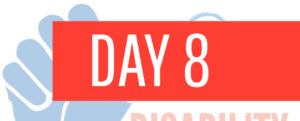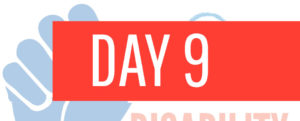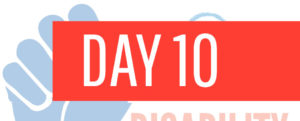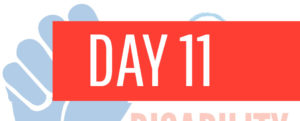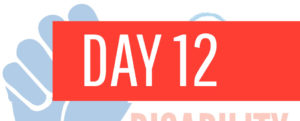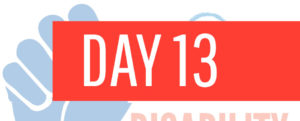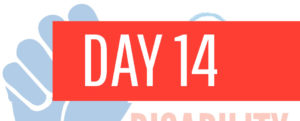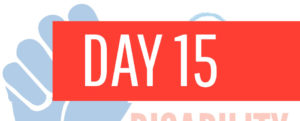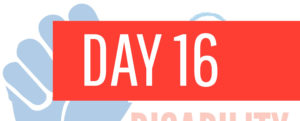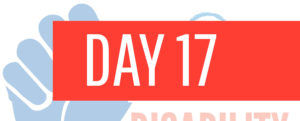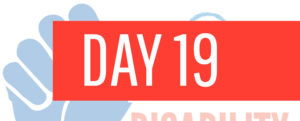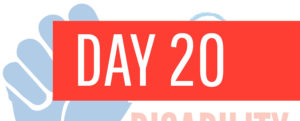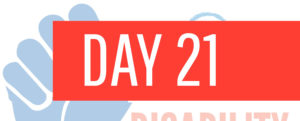Day 18: Healthcare Inequality
People with disabilities face disadvantages to accessing the healthcare system compared with people without disabilities due to social and environmental inequalities such as lower educational levels, lower incomes, and higher unemployment. An inability to navigate the medical labyrinth of services, whether physically or programmatically, creates significant barriers. This may result from any number of situations, such as an inability to connect with a healthcare professional who will see them, physical limitations to visiting a doctor’s office, and an inability to comprehend and adhere to a course of remedy.
Additionally, people with disabilities are often not prioritized by the healthcare system or are not taken seriously. Consider these common healthcare scenarios within the disability community:
- During the recent COVID-19 pandemic, many accounts arose of doctors and medical facilities prioritizing critical resources based on disability, with disabled people being pushed to the back of the line.
- People with psychiatric diagnoses often face disbelief from medical professionals who misattribute physical health concerns to their mental health disabilities; as a result, they are disproportionately likely to die within 15 days of release from an ER visit.
- Individuals with chronic illnesses often wait years for a physician to listen to their concerns and seriously pursue diagnostic testing, much less receive an accurate diagnosis.
- People with disabilities may receive inadequate sexual and reproductive healthcare because medical professionals assume they are not sexually active or do not want to have children.
- Many people with fragrance-reactive disabilities lack access to healthcare facilities because the fragranced cleaning products used in building maintenance can trigger seizures, migraines, and anaphylaxis.
In many states, Medicaid provides Home and Community-Based Services (HCBS) to disabled residents so they can live independently in the community rather than being forced into institutions, such as residential nursing facilities and psychiatric hospitals, but the level of care provided varies dramatically from state to state. If a person who receives 24/7 care from direct support staff in one state moves to another state with less funding for HCBS, they could end up institutionalized. Additionally, Medicaid often pays extremely low wages to these direct support workers, resulting in a staffing shortage.

Read
- Many doctors have negative perceptions of patients with disabilities — and that impacts quality of care, study finds
https://www.cnn.com/2021/02/04/health/doctor-disabilities-perceptions-wellness/index.html - Health Disparities and People with Disabilities
https://www.chausa.org/publications/health-progress/article/spring-2021/health-disparities-and-people-with-disabilities

Watch
How Health Care Makes Disability a Trap (13:50)
https://youtu.be/7Lfxle9UwCI
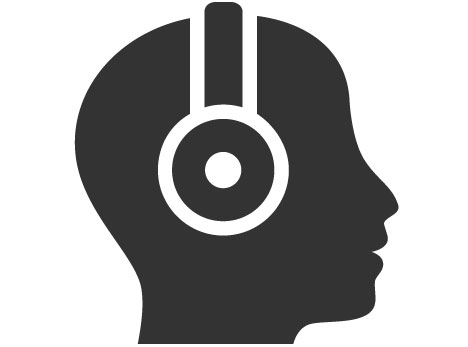
Listen
- Navigating Health Care with a Disability: Our Stories, a Focus on People with Disabilities (2:59)
https://www.youtube.com/watch?v=VgbPFV0i3vA - As Hospitals Fear Being Overwhelmed by COVID-19, Do the Disabled Get the Same Access? (12:00)
https://www.npr.org/2020/12/14/945056176/as-hospitals-fear-being-overwhelmed-by-covid-19-do-the-disabled-get-the-same-acc
(transcript: https://www.npr.org/transcripts/945056176)
Discussion
- Navigating Health Care with a Disability: Our Stories, a Focus on People with Disabilities (2:59)
https://www.youtube.com/watch?v=VgbPFV0i3vA - As Hospitals Fear Being Overwhelmed by COVID-19, Do the Disabled Get the Same Access? (12:00)
https://www.npr.org/2020/12/14/945056176/as-hospitals-fear-being-overwhelmed-by-covid-19-do-the-disabled-get-the-same-acc
(transcript: https://www.npr.org/transcripts/945056176)

